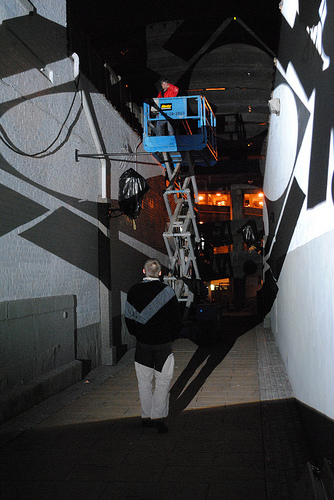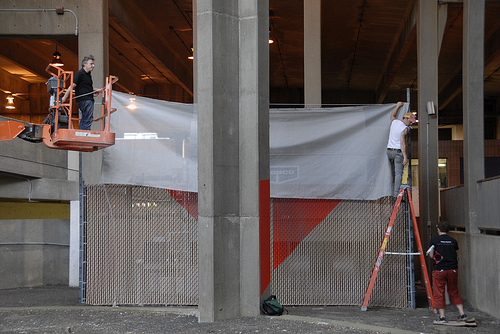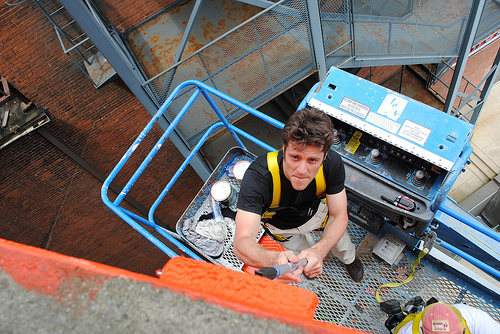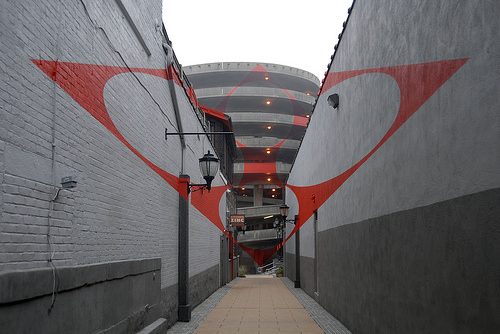Ok, I'll admit it. I'm something of a control freak. It might be due to years of photographic training -- the need to frame, level, expose, repeat, as perfectly as possible every time -- but I suspect it was that very aspect of my personality which drew me to photography in the first place. These days I find myself constantly rearranging my home as if prepping for an imminent photo shoot: Karate chop pillows, adjust accessories, and shift the console table over two point five inches so it's lined up squarely behind the couch. Of course, if I stand over there it's not centered anymore, and then I find myself cursing the dogged pursuit of perfection, and wondering how to resolve this urgent (!!!) crisis.
I could blame it on interior design. When looking at the perfectly styled, immutable compositions of interior photographers, it's hard to remember that rooms only look like that from one particular perspective, for that particular instant in time.
Exhibit A:

Everyone's favorite design diva Kelly Wearstler is a stickler for symmetry. Even the chair legs rest at the same places on the carpet (don't think for one second I haven't tried the same tactics on my own rugs). But in real life, the chairs are probably caterwonky, the cocktail tables may be shifted, while seated you can't see the mirrored ceiling, and generally the whole room dissolves into chaos. But you can't blame the girl for trying to control the room, or the photographer for trying to control the perspective of the setting.
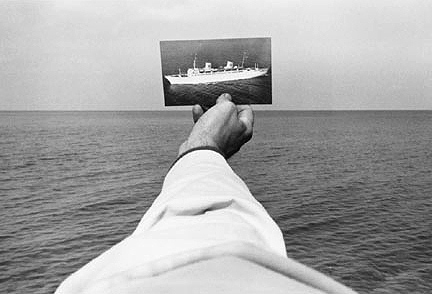
That's what photographers do. We live in a 3D world, but a photograph is a 2D representation of that world. Back in the 70s, Kenneth Josephson proved that point most humorously with this ship that could just as easily have sailed over someone's head, or perched atop a building, or -- if flipped to the other side -- existed as nothing but a blank square.
Not that sculptors haven't tried to control the vantage point from which their 3D objects are viewed.
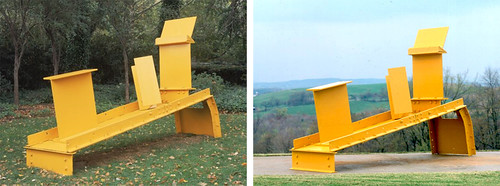
A man after my own heart, control nazi (with a small "n") Anthony Caro decided back in the 50s to dispense with all that "viewed in the round" crap that most sculptures in modern times adhere to. His pieces were often built to look good from one angle, and one angle only. Take that, messy free thinkers!
But generally, it's easier to control perspective when you only have to define two dimensions, since you don't need to deal with peeps nosing around the "wrong side" of things.
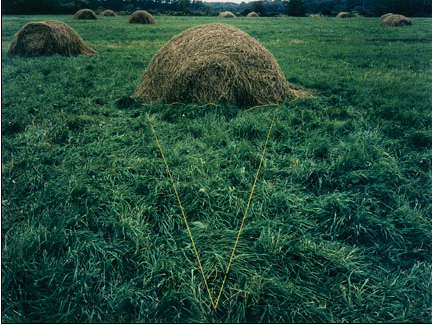
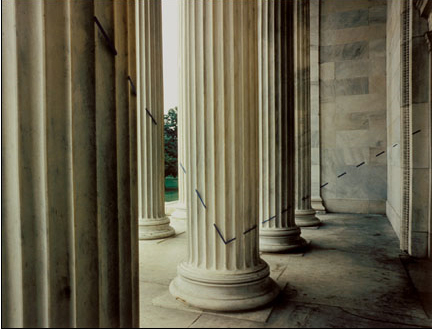
In the 70s, crazy John Pfahl took perspective control to absurd levels. Elements were arranged within the picture plane and then photographed to line up perfectly. Easy, right? Can you tell that I'm going somewhere with this?
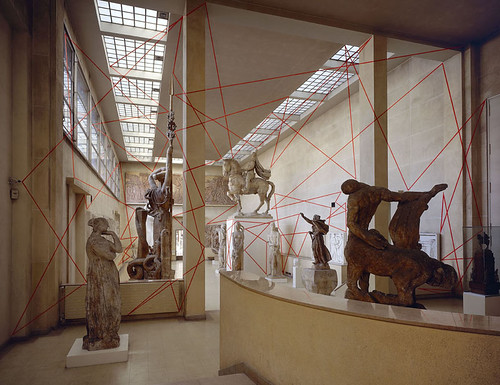
Check out this image by Felice Varini. It's kind of a funny nod to Caro's work and sculpture in general, sort of like, "hey -- this is the right way to look at these sculptures. Stand right HERE. Or else."
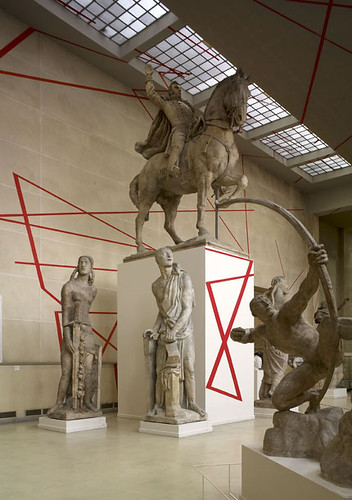
Because if you don't, everything goes to hell in a handbasket. Pronto, good buddy.
And here is where I get all nutty about Varini's insanely awesome 3D sculpture/images, because they appeal both to my obsessive photographic need to frame, and to my real life (nascent) understanding that if perfection is possible, it is certainly fleeting. Just don't move and inch, and everything looks... perfect.
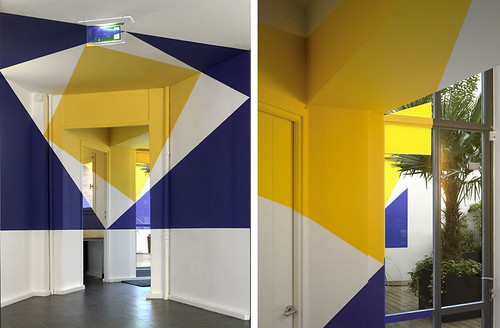
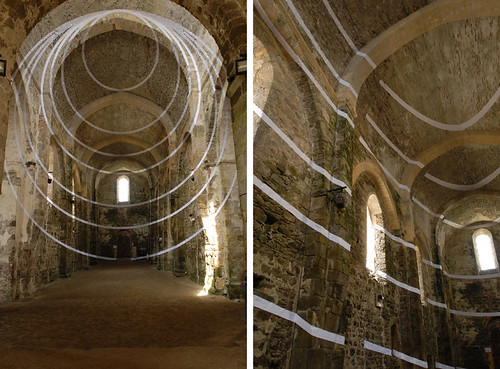
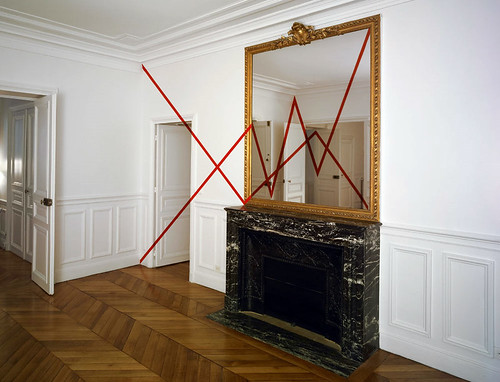
This is one of my favorites because it looks so simple.
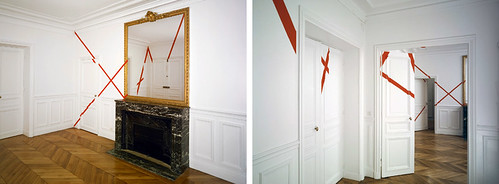
Sike!
Enough lecturing. Here's where I present you with an avalanche of Varini's eye candy. More than anything else I've seen recently, I wish I could see his works in person. The level of detail, the labor involved, the utter INSANITY of watching your environment morph as you change vantage points -- it all just wrecks my mind. I love it.
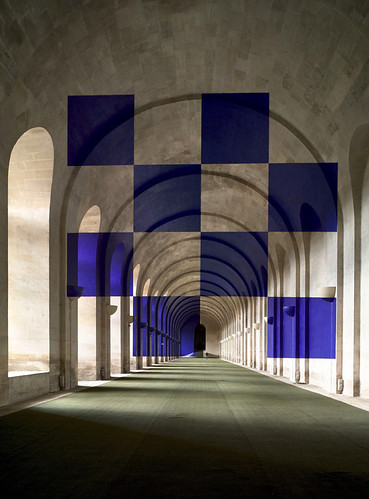

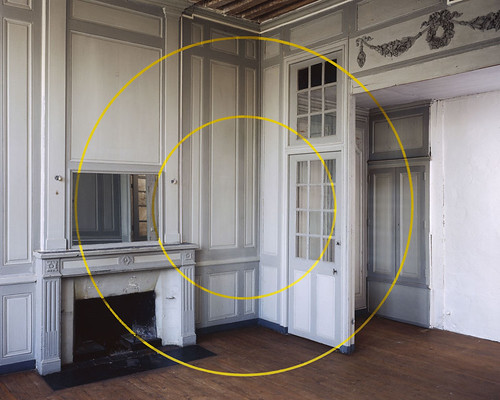

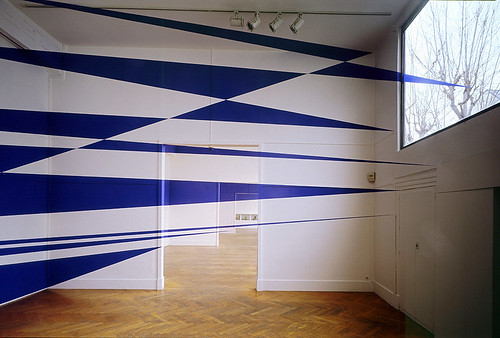
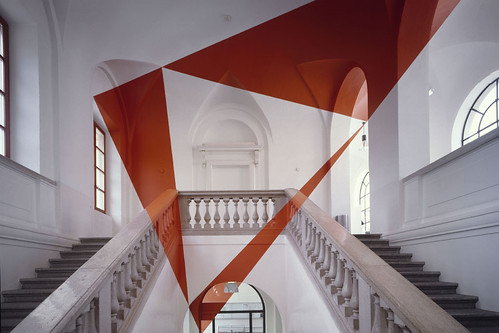
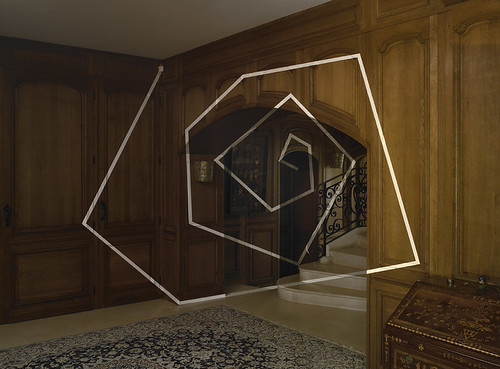
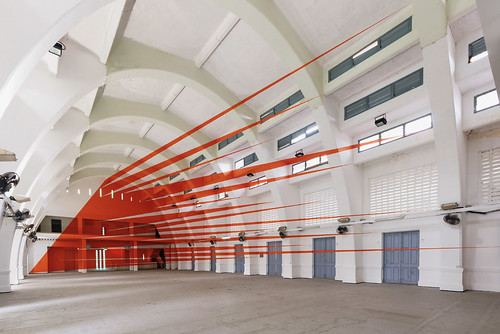
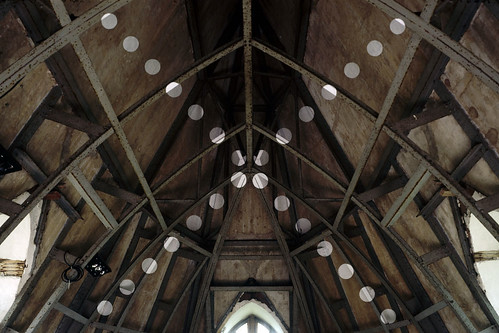
Did I say that I wanted to paint a supergraphic in the baby's nursery? Silly me! I want to paint a Varini in the nursery. Oh, and I would also like to move my house into a centuries old cathedral, but that's another story.
Although, Baby Gigantor (the current frontrunner for his name -- do you like it?) might be better off with something like these parking garage murals with controlled vantage points from Axel Peemoeller:
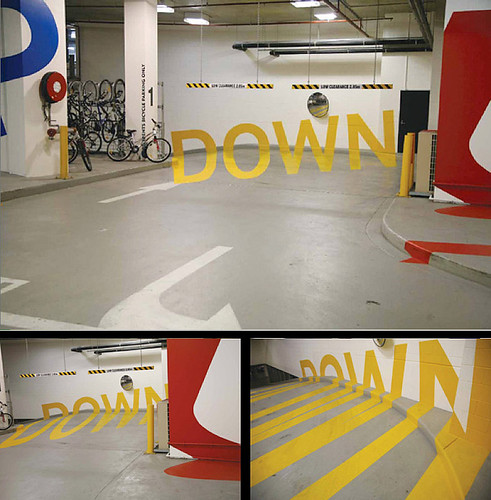

Any child of a self confessed control freak needs to learn how to take directions at an early age.




